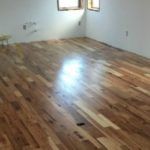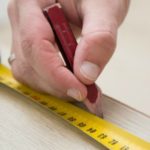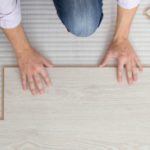Originally posted 4th December 2016
Last updated 7th June 2022
Do I Need Beading Or Skirting Boards?
Skirting and beading are both types of wooden floor edging used to fill the gap...
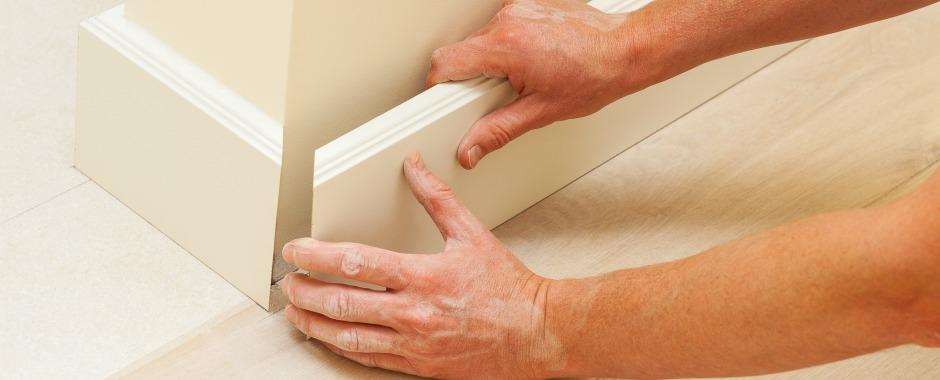
Skirting and beading are both types of wooden floor edging used to fill the gap between a newly installed floor and the walls of the room. If your room has neither, you will need to invest in skirting boards to install after your floor is complete. If your room already has skirting, you’ll need skirting board beading to cover the small gap between the flooring and the skirting boards.
Beading or Skirting - The Finer Details
Do I need beading or skirting boards as wooden floor edging? There are several different things to account for when installing new flooring, including underlay and cutting the floor to fit around certain obstacles you may encounter. One thing to consider is which product you should use to ensure the finish is as perfect as you imagined it would be. But what are the mains things to consider when choosing your laminate floor edging or beading for laminate flooring?
Why do I need beading or skirting boards?
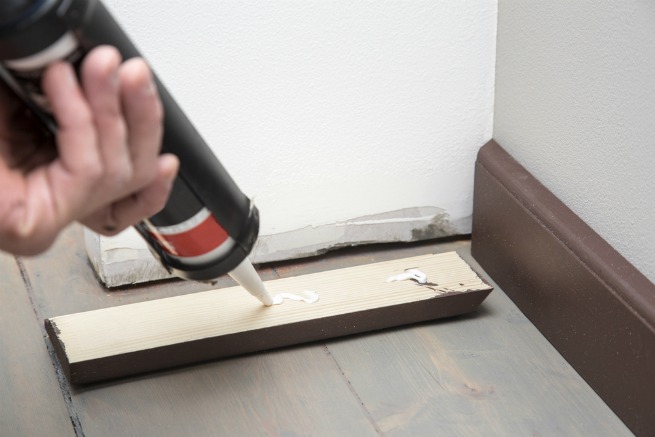
When installing your real wood or laminate flooring, you ideally want a smooth finish from one side of the room to the other. But, when the floor reaches the walls, you don’t necessarily get the sharpest edge. For this reason, products such as laminate floor beading and skirting boards are needed to give a uniform, neat look. However, the circumstances in which you need to use them in your home may differ.
What do skirting boards do?
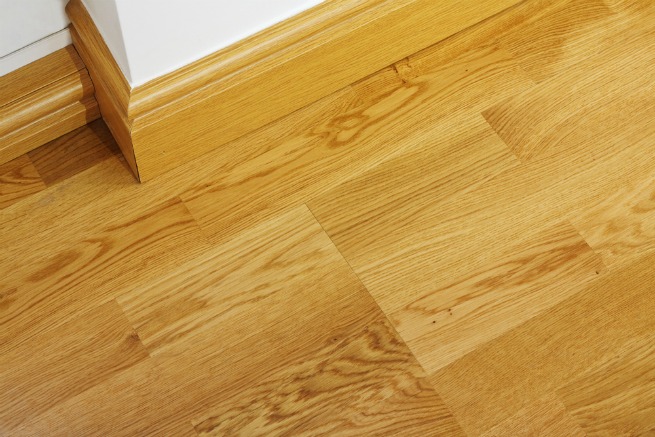
Is skirting necessary? In almost all cases, yes. Skirting boards, are used for three reasons: (1) to protect the lower part of the wall from knocks and scuffs; (2) to hide uneven floors, and (3) as a decorative feature. They come in a variety of materials and shapes: wood, PVC or MDF, and can either be moulded or flat. Skirting boards primarily cover the expansion gap between the floor and the bare wall, which is a necessary measure to present a professional look throughout your property.
When should I use skirting boards?
Are you fitting new floors in a property with damaged or perished skirting, or no skirting boards at all? Then you will need new ones. When fitting a new floor, you should leave what is known as an 'expansion gap' between the floor and wall. This accommodates for the general expansions and contractions properties go through over the years. To cover up this gap, skirting boards are used as a functional and attractive style statement. This is especially true of laminate flooring skirting, where a smart, flush finish will enhance their impact.
Do I need special laminate flooring skirting?
If you are using one of the varieties of laminate flooring, there might be one or two things to consider. Firstly, laminate flooring tends not to expand or warp over time like real wood. So, you may not need so much of a gap between the floor and skirting. This is especially true if laying on a concrete base. However, your underlay may entail a little 'give' or movement, especially if laying on top of wooden boards. So use your best judgement.
Secondly will be the aesthetic. You may chose to contrast your laminate flooring with real engineered wood skirting boards, stained or varnished. Alternatively, MCF skirting may suit the overall feel of the room, particularly if you are going for a modern look.
Read more: How To Install Skirting Boards
What is beading used for?
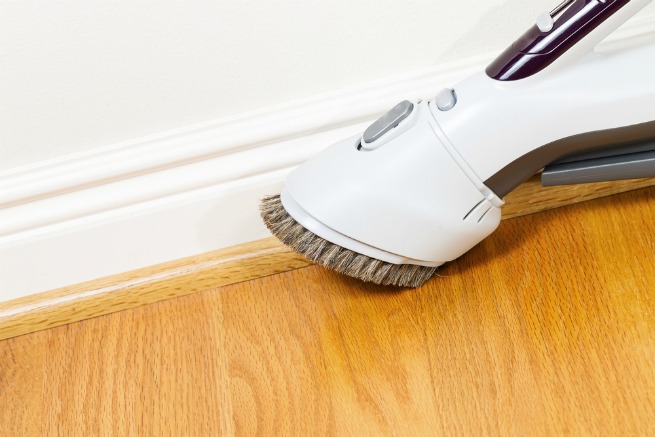
Wood floor beading is an aesthetically pleasing, simple way to cover up gaps left in your home when fitting new floors. Like skirting boards, wood floor beading – or floor edge trims as they are otherwise known – come in a range of materials including solid wood and MDF. Beading for laminate flooring, for example, can add an elegant touch, filling the gaps between the floor and skirting boards that occur. This is particularly the case when fitting new floors without removing pre-existing skirting boards.
Read more: 5 Flooring Edging Options For Your Home
When should I use wood floor beading?
You should use wood floor beading where your rooms already had skirting boards you did not or could not remove. Without beading, you would be left with a small gap, and you can't present a neat finish from floor to wall. Beading for laminate flooring, for example, can create a lovely flush finish, and unify the room.
It is definitely possible to achieve a professional-looking finish without removing your skirting boards and fitting laminate beading. But it is distinctly more difficult to create a smooth transition from wall to the floor in this way. If you are looking for the perfect finish for your home, reinstalling skirting boards can be the best way to do this.
Do you have any more questions about skirting boards or beading? If so, let us know in the comments!

